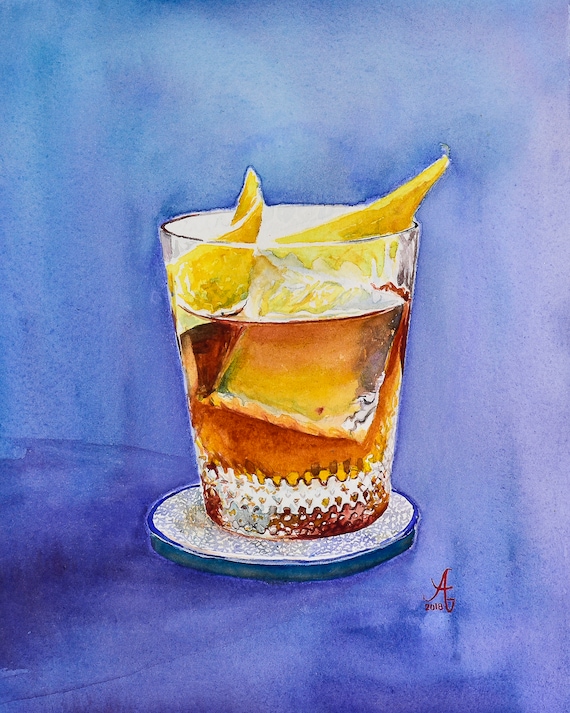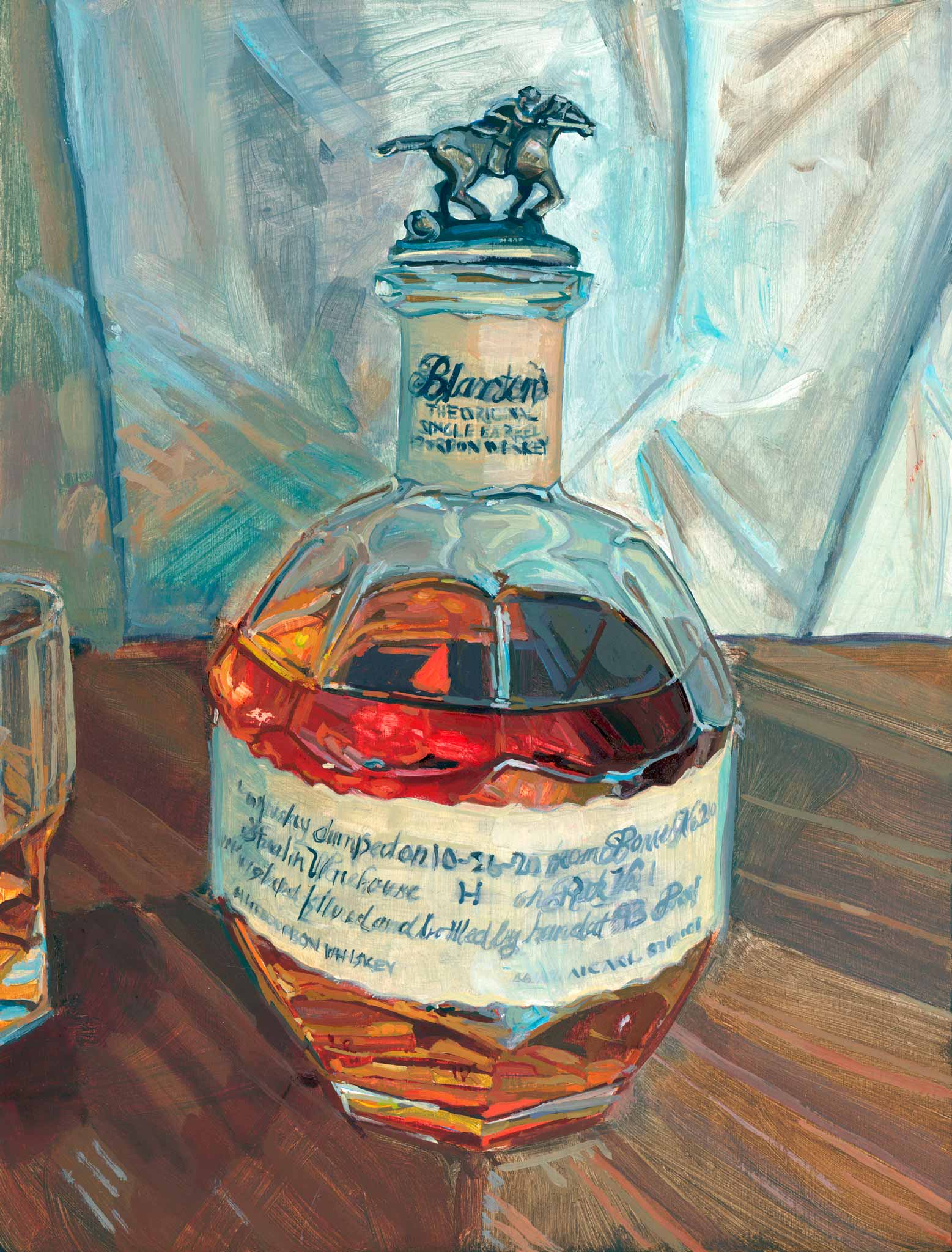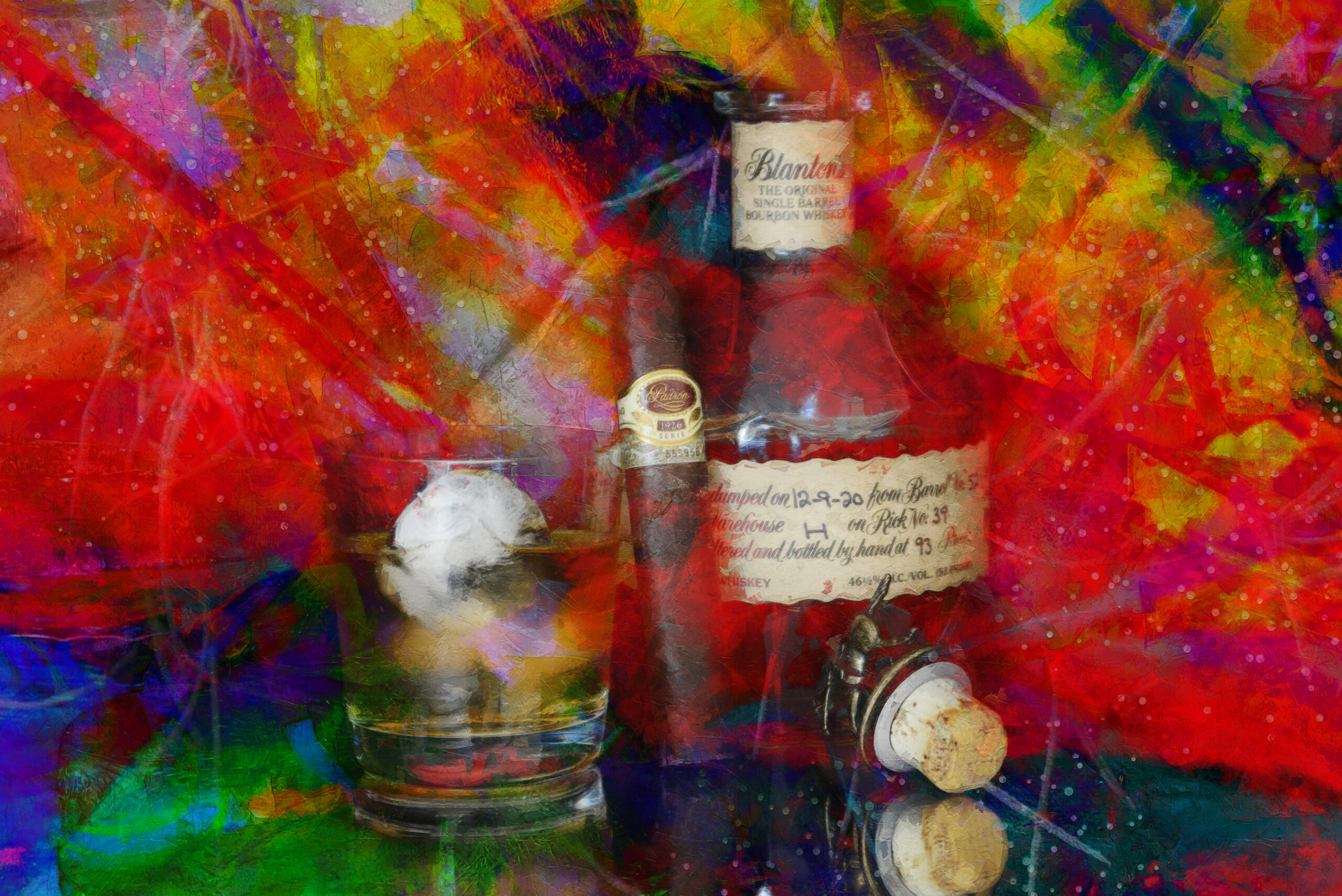The Importance of Whiskey Art in Celebrating Heritage and Craftsmanship in the Beverage Industry
The detailed relationship in between whiskey art and the celebration of heritage and craftsmanship within the drink industry can not be overemphasized. Via thoughtfully developed tags and bottles, whiskey brand names encapsulate their historical roots and the artisanal abilities that define their production techniques.
The Historic Origins of Whiskey
At the heart of bourbon's appeal exists a rich tapestry of historic roots that trace back to ancient human beings. The origins of whiskey can be linked to the purification techniques of the Sumerians and Babylonians around 2000 BCE, where very early kinds of fermented grain beverages began to arise. It was in the Center Ages that the art of distillation developed substantially, specifically in Ireland and Scotland, leading to the creation of whiskey as we recognize it today.
The term "scotch" itself stems from the Gaelic word "uisce beatha," indicating "water of life." This phrase underscores the social relevance of whiskey in Celtic cultures, where it was usually related to rituals, celebrations, and public bonding. By the 15th century, distillation became an acknowledged craft within monastic areas, leading the method for the establishment of lawful distilleries.
As profession courses broadened, bourbon's appeal grew, transcending local boundaries and capturing the rate of interest of aficionados worldwide. Limited Edition. This historic trip reflects not only the craftsmanship behind bourbon production yet likewise its indispensable role in social and social contexts, marking it as a significant drink throughout history
Artistic Expression in Branding
Whiskey branding stands as an engaging junction of creativity and commerce, where visual identity plays a critical role fit customer understanding. The appearances of whiskey tags, product packaging, and advertising and marketing products mirror not just the brand's story yet also its core values and heritage. With imaginative expression, distilleries communicate a story that reverberates with consumers, evoking feelings and triggering links.
The use of shade, typography, and images in branding serves to differentiate items in a saturated market. Typical concepts may evoke a feeling of authenticity and craftsmanship, while modern styles can symbolize advancement and forward-thinking. This tactical creative direction boosts brand recognition and loyalty, enabling consumers to create an individual relationship with the scotch they choose.
In addition, artistic expression in branding usually works as an event of local heritage. Distilleries frequently integrate neighborhood symbols or historical referrals right into their designs, producing a local color that invites consumers to partake in a more comprehensive cultural experience. Eventually, the creativity behind bourbon branding not just enhances aesthetic charm however additionally enhances the total story of the brand name, fostering a deeper gratitude for the craftsmanship and heritage ingrained in each container.
Workmanship in Container Layout
The virtuosity evident in whiskey branding prolongs beyond visual identity to include the craftsmanship associated with bottle style. Each bottle works as a vessel not just for the spirit within, however likewise for the tale it informs concerning its beginning, high quality, and tradition. The layout procedure needs precise attention to detail, as components such as material, closure, and form add dramatically to the overall assumption of the whiskey.
Workmanship in container design includes choosing top quality glass that can improve the bourbon's color and quality, while likewise offering a tactile experience for the customer. The silhouette of the container should be both aesthetically attractive and functional, frequently mirroring the heritage of the brand name. Several distilleries choose unique forms or embossed logos that stimulate a sense of credibility and history.
In addition, the label layout and typography play a vital function in communicating the brand's narrative. Whiskey Art. A well-crafted bottle not just mesmerizes the customer's eye but also strengthens the brand name's dedication to quality and tradition. By doing this, the workmanship of bottle layout becomes a vital aspect of the bourbon experience, combining artistry with an extensive regard for heritage
Social Value of Bourbon Art
Celebrating custom and workmanship, the social importance of scotch art transcends mere aesthetics, intertwining with the historical and social stories of the regions from which it originates. Each container works as a canvas, illustrating the unique stories, folklore, and customs that have formed neighborhood whiskey-making techniques. The detailed designs usually mirror the heritage of the distillers, integrating icons and motifs that reverberate with the society and values of their neighborhoods.

Additionally, whiskey art plays a vital function in communal events and events, working as a tangible web link between people and their shared experiences. By appreciating the artistry in whiskey packaging, consumers cultivate a much deeper understanding and regard for the craft, eventually enhancing their satisfaction of the beverage itself.
Modern Trends in Whiskey Discussion
In current years, the discussion of bourbon has advanced to mirror contemporary tastes and patterns while check out here still honoring typical craftsmanship - Limited Edition. Distilleries are increasingly concentrating on visual aspects that boost the general alcohol consumption experience, linking the void in between heritage and modernity
Ingenious bottle designs have arised, commonly integrating sustainable products and imaginative tags that inform compelling stories. Several brand names now team up with local artists, infusing their products with special visual expressions that resonate with customers. Furthermore, limited-edition launches are usually packaged in collectible containers, including value and charm for lovers.

Conclusion
In verdict, whiskey art offers as an important channel for expressing the heritage and craftsmanship inherent in the beverage market. Through complex branding, ingenious bottle styles, and culturally significant creative Recommended Site components, scotch brand names effectively honor their traditions and attach with consumers.


Craftsmanship in bottle layout includes selecting top quality glass that can enhance the scotch's color and clarity, while also offering a tactile experience for the consumer. In this means, the craftsmanship of container design comes to be an important facet of the scotch experience, combining virtuosity with an extensive respect for heritage.
In verdict, bourbon art serves as a crucial avenue for expressing the heritage and workmanship integral in the drink sector.